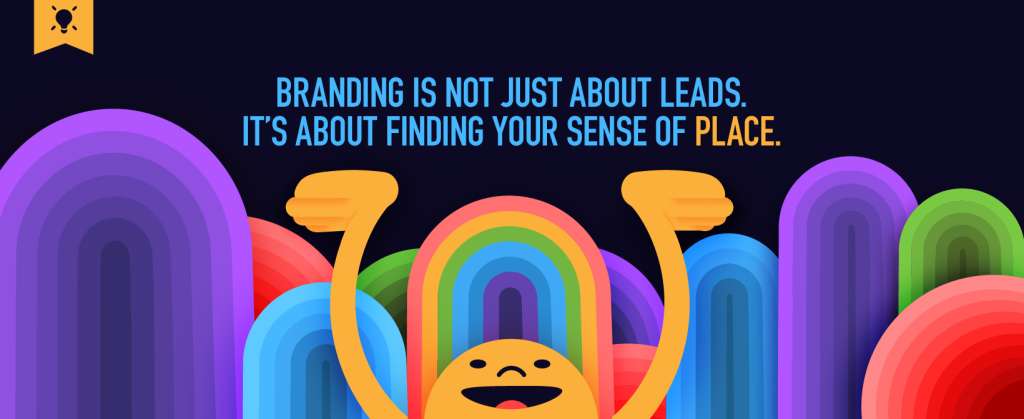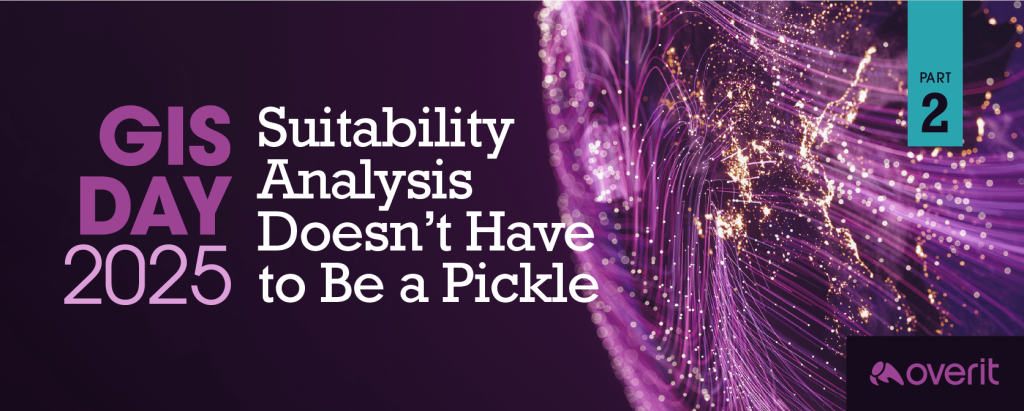
I have been pondering so many things in life and the world these days—as many of us are.
Part of my pondering is being a middle-aged adult with a lot of heavy, life-altering sea changes (redacting menopause rant).
But part of it, I believe, is that the world is more tumultuous than I have ever had to deal with as a privileged, white female (redacting Roe v Wade rant).
My father was a survivor of the holocaust. My parents were self-made, educated, hard-working immigrants.
My experience as their daughter gave me my first sense of place. It’s where I began shaping my perspective. Their story merges into mine as they helped shape my world views. It is now my responsibility to help my kids grow and show where they came from.
In my children and my family, I find my sense of place and where I am rooted.
What is a brand centered around? Does a brand have a home?
We talk about brand a lot in marketing and use lots of different words.
Brand essence. Tenets. Voice. Sonic brand. Brand values. Brand guidelines. Brand experience. Brand identity. Brand anthems.
The list goes on. And that list misses the point.
But what about a brand’s sense of place? What grounds the larger whole?
EACH BRAND’S CENTER IS UNIQUE
When I think about a sense of place for a brand, the easiest answer is to define a physical location, right?
The best way to experience a band? See them live.
The best way to see a movie? At the theater.
The best way to buy a new Apple product? For newbies, at the store to talk to a human.
The best way to experience a brand will always be in actual reality, or “IRL,” as the kids say.
Not a Tik Tok series, voice app, on a Twitch account, not VR, AR, definitely not a chatbot.
Maybe I am old school, but if we whacky humans can experience the brand in person, is that the most authentic brand experience?
Well, that’s too simple of an assumption when we talk about brands.
FINDING PLACE BEYOND THE LOCATION:
For brands that have a physical place, in-person has its nuances. It’s one thing to look at the Apple store when it is closed and be amazed and how it is beautifully branded.
It’s another thing to experience that same store when filled with customers (redacting Apple store rant).
Hotels often run the same. Your hotel branding is so fucking beautiful, but it takes just one douchey bartender or bad check-in for that brand to be taken down a notch. Training needs to include understanding your brand and how that employee mirrors your brand experience to your audience.
Speaking of hotels, at the recent Skift Future of Lodging Forum, one of the topics was “missed opportunities.” I see them! Hotels should not rely on imagery. I want to know things when I check in:
Tell me the history of your hotel.
Tell me who you are.
Talk about your community.
That’s what I want to know. Not just where the elevators are, what time check out is, or happy hour. Connect with me so that I can connect with you.
That’s how we establish our sense of place together.
Ya following?
Brands. They are complicated.
Everything is (redacting motherhood rant).
BUT. Here’s the thing.
I would argue that we should all be reviewing and perhaps reimagining a brand’s sense of place.
Way back when Apple needed to grow and be a completely online entity with a limited audience in a competitive environment, it needed to expand its reach. They connected differently. They set out in retail to create a sense of place for their brand.
Did they genuinely accomplish it?
Yes, yes, I think they did. But for me? I hate the stores.
I was an Apple user before retail. I loved a good underdog… and now I am hooked on Apple products for life. I go there when I need to, always partly fascinated and partly hating the experience. The last time I was in our local store, it was packed—as per usual. I asked the bouncy Apple kid herding me through the store why he worked there. He said he was a maker—and he loved the fast days, “the vibe,” and muttered about Steve Jobs. Those store employees know where Apple originated from. They know their sense of place.
CREATING A SENSE OF PLACE FOR YOUR AUDIENCE
COVID shifted our sense of place for many of us.
If you are a small business owner, where is your center now? Is it still the store/your office?
Sometimes yes, sometimes no.
Some small businesses went online in COVID 1.0 that were never online. Did they take their center/their sense of place online? I think many did just that. But? Maybe now it’s a combo. Online is relevant, but the place is still very much the anchor. The family deli that went online survived by their place and their SENSE of place in the community. So is a sense of place more than your location? Yes, it’s bigger than that—it’s your community, too.
And what about those of you with brands in fields with physical locations—but barely any customer visits, ie. home services, real estate, banks, etc? How do your employee ambassadors work and spread your brand? How strong is your branding and training to support your brand in the field? How will your customers connect with you at your touchpoints? What do you do to express that sense of place in your communities and via your employees? It’s gotta be about more than just leads, it’s that nuanced side of marketing sometimes y’all take for granted.
Your marketing must not just be about driving leads, but driving things like connection, community, telling authentic stories, and giving back.
What about all online-only brands? How do you create a sense of place or loyalty? How do users connect? How do you gather your allies?
Many online-only entities do pop-ups or events or hire ambassadors, or do other types of community engagements. Some brands kill it with very few locations but invest so much in community and brand you feel a connection because you belong to an exclusive community—a sense of place—and a brand that gets you.
Yet. With COVID, some offices have questioned why they have a physical place. And I 100% get that. Cultures become more challenging, and that sense of place, community, and connection becomes even more important and difficult to rally. Airbnb is a brand that has a host community, but what about the staff? What about their office now that it is optional forever? What do their internal culture and sense of place feel like these days, being the beast they are? How is Brian Chesky keeping that brand origin alive when they are also pissing off entire towns? When developers are gobbling up properties and creating Airbnbs without the original, authentic host spirit of the olden days (redacting Airbnb rant), how do they continue recalibrating the Airbnb community and their sense of place?
How about when you have a brand that comes from an institutional, shameful, historical place? Many brands have to evolve to figure out how best to mesh their past mistakes with the future. There are many examples of rebranding, removal of statues, and proactive programs that try to educate and acknowledge their dark pasts head-on. Or another scandal of sorts.
These actions are a good start, but they have to keep progressing beyond semantics.
And to shine a light here on my various ponderings, what is Overit’s sense of place during, after, and throughout COVID? When our beautiful office is barely used these days…. When our community involvement got virtualized? When we struggle to connect like we used to. When we all value our Overit place… But all have different ones.
We’re figuring out that too.
We are back to me at the end of this… being a middle-aged white chic.
LET’S DO BETTER
I don’t have all—or any—grandiose answers. I just feel it’s more important than ever in this crazy world to have a sense of place in both minds and hearts, as corny as that may sound.
Not just for yourself, but for the world of business and the world in general. In marketing, in business, we have a responsibility to keep pondering—to keep asking the hard, grounding questions to help find those lasting solutions. To not just keep on, but keep progressing as the world does whatever it does.
Go find your community and involve yourself, review your beginnings, remind yourself and your employees why you started, make sure part of your marketing investment is in who you ARE, acknowledging your roots, investing in your sense of place, being aware, fluid, and empathetic, and keep doing better (redacting more babbling rant).





